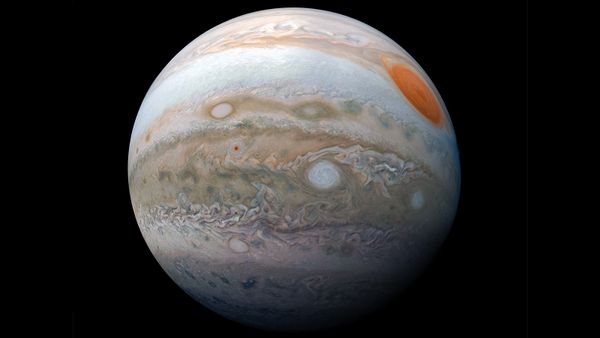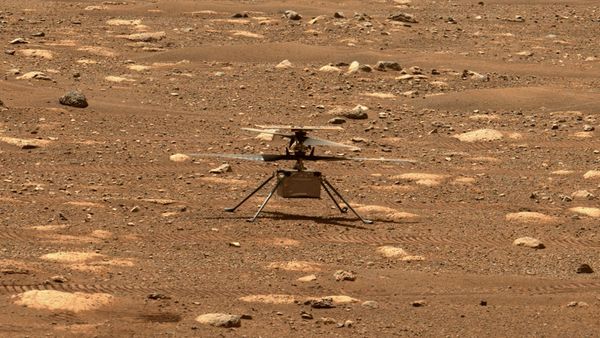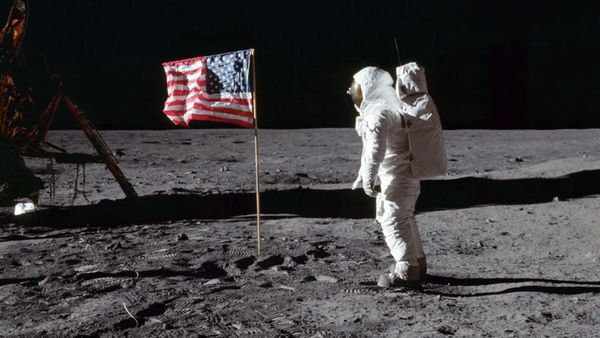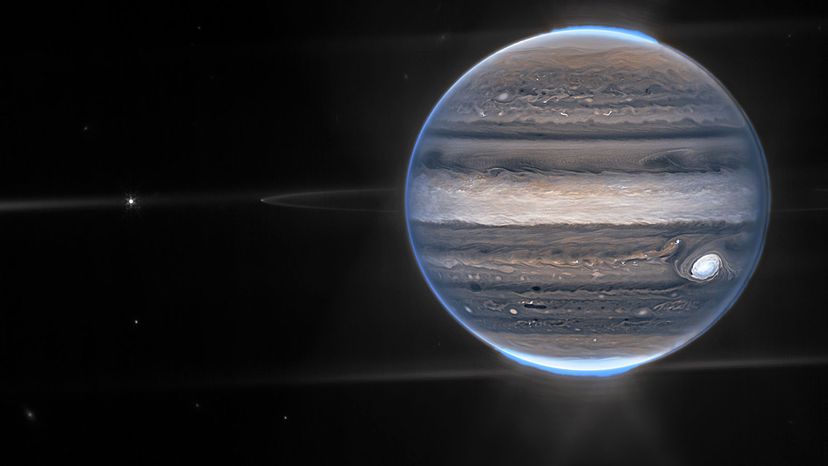
Stargazers need only look to the skies Monday, Sept. 26, 2022, for the rare chance to see the solar system's most massive planet like never before. That's because Jupiter will be making its closest pass to Earth — about 367 million miles (591 million kilometers) away — at the same time its at opposition.
This remarkable event will make the gas giant appear the largest and brightest it's been in the night sky since 1963. Jupiter's opposition occurs every 13 months, though it almost never happens when the planet is on its nearest approach to to Earth, known as perigee.
"The views should be great for a few days before and after Sept. 26," Adam Kobelski, a research astrophysicist at NASA's Marshall Space Flight Center in Huntsville, Alabama, said in a press statement. "So, take advantage of good weather on either side of this date to take in the sight. Outside of the moon, it should be one of the (if not the) brightest objects in the night sky."
Advertisement
What Is Planetary Opposition?
So not only will Jupiter be at perigee during this time, it also will be at opposition. But what exactly does that mean?
The eight planets of our solar system cruise around the sun in concentric planetary orbits with the sun at the center. Mercury, for instance, doesn't have nearly as far to travel as Earth, and Earth doesn't have as far to go as Saturn. None of the planets travel the distance Neptune has to.
Planetary opposition occurs when a planet's orbit brings it between the sun and another planet. The Planetary Society defines opposition as "when the planet is opposite to the position of the sun." That means a planet at opposition — or Jupiter in this case — is 180 degrees from the sun in the sky.
Because the sun sets in the west, during planetary opposition, you want to look to the east to see Jupiter as it rises in the night sky. (Isn't that cool?) Planetary oppositions happen approximately once a year between Earth and those planets outside its orbit — Jupiter, Saturn, Uranus and Neptune.
Earth and its closest neighbor, Mars, have such similar orbital speeds that Earth paces Mars every 27 months for a planetary opposition. And, because Mercury and Venus are located between the sun and Earth's orbit, Earth will never be in planetary opposition with them.
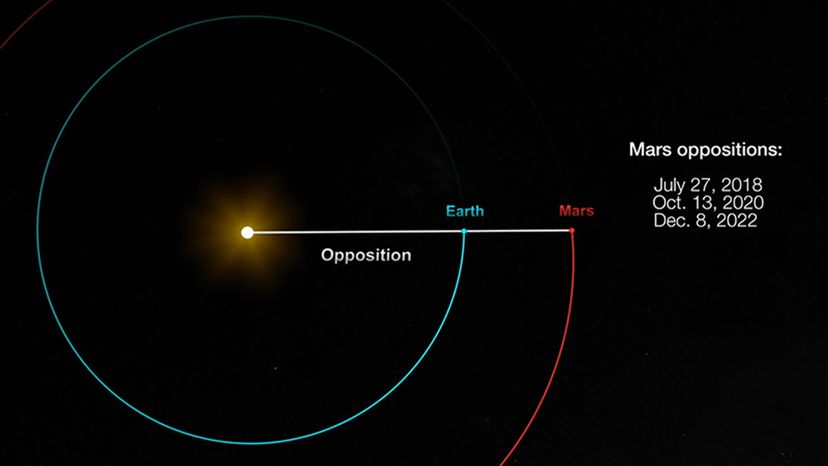
Advertisement
When and How to See a Planet at Opposition
Why is planetary opposition important? Planetary opposition gives astronomers and other stargazers the best views of our planetary neighbors. The planets often appear larger, brighter and well-placed in the sky during opposition. In this case, you'll be able to see Jupiter with the naked eye, but you can see it better with magnification from binoculars or telescopes, especially if you view it from an area with less light pollution.
Jupiter's not the only planet you can see this year at opposition. Check out these celestial events that will occur during the remainder of the 2022 calendar year.
- Uranus at opposition: Nov. 9, 2022, 8:41 GMT (3:41 a.m. EST). Uranus should be visible to the naked eye, but binoculars will help.
- Mars at opposition: Dec. 8, 2022: 4:24 GMT (12:24 a.m. EST). Mars will be obvious to the naked eye, but take this opportunity to view it through binoculars or a telescope, as this will be the last time to see Mars at opposition until 2025.
Advertisement
